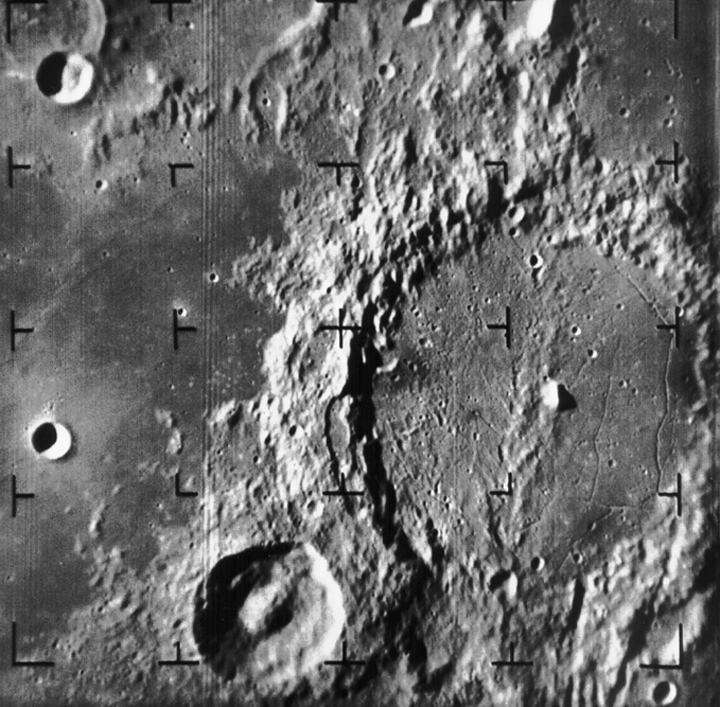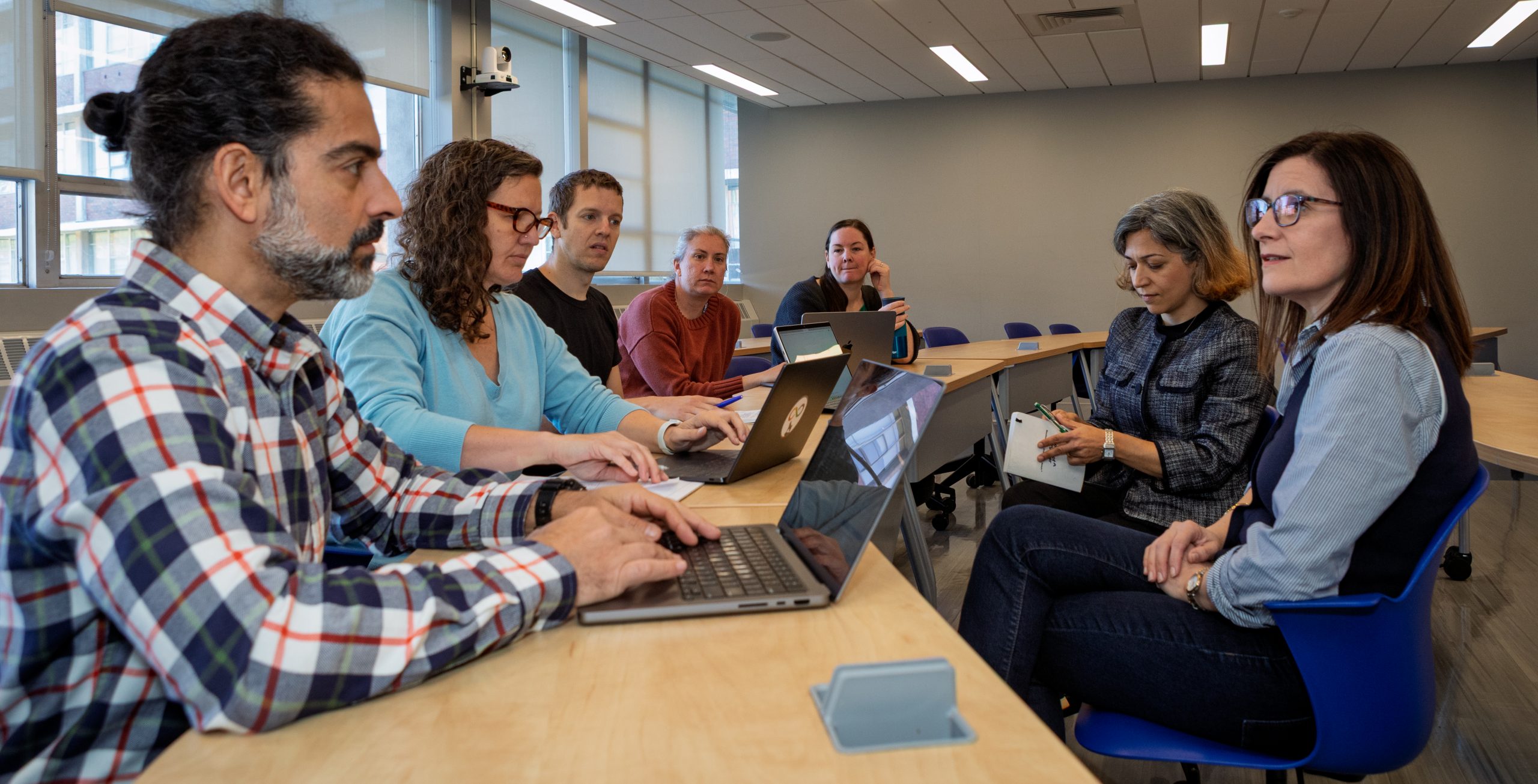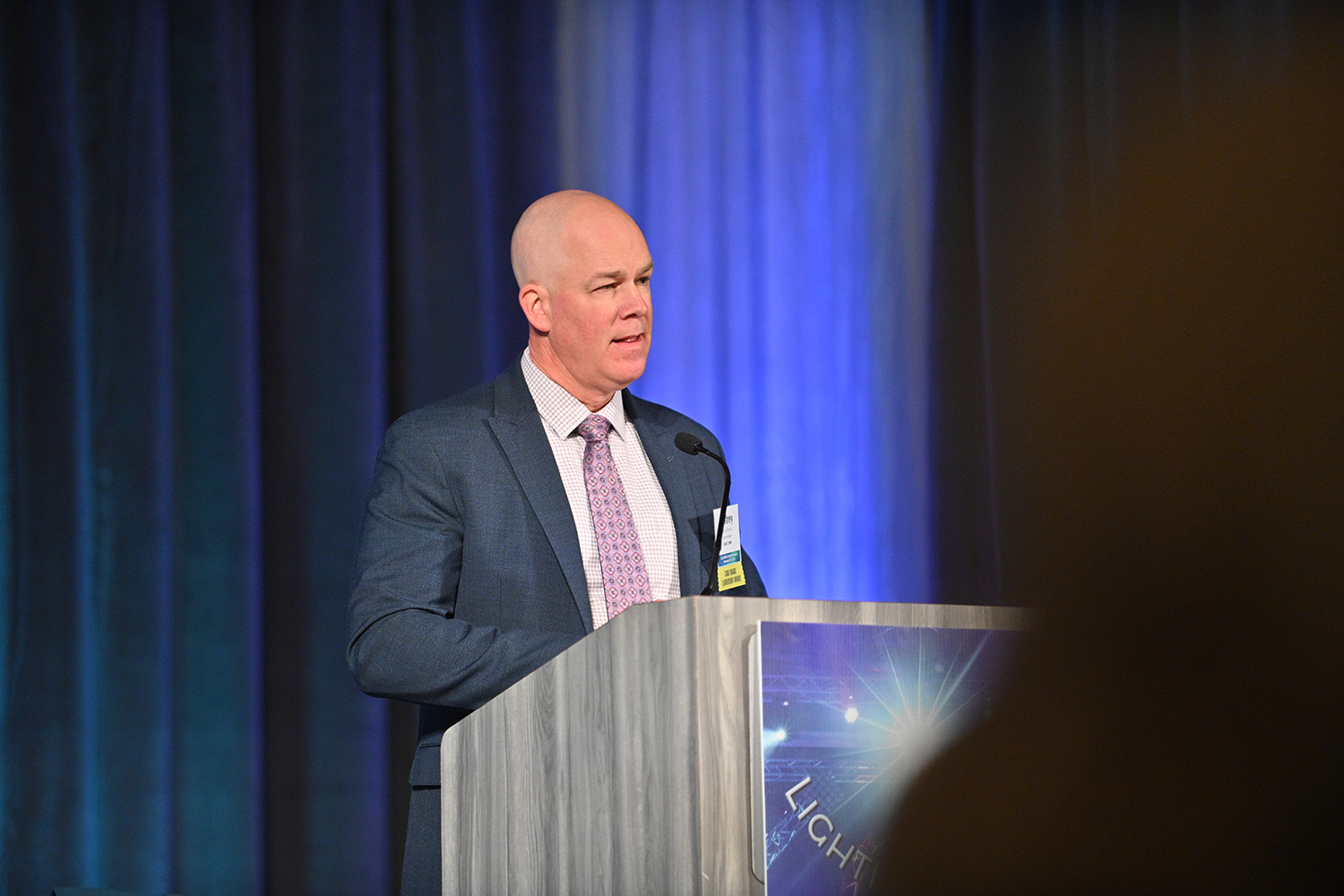
Thoughts on the end of the U.S. manned space program
The New York Times reported today that the International Space Station, the last vestige of the United States manned space program, will have to be abandoned in mid-November unless the technical problems that caused a Russian Soyuz resupply craft to crash are solved.
It is already a strange irony that the U.S. presence in space depends on Soyuz, which is 1960s Russian technology. The space shuttle was supposed to provide routine access to earth orbit, but that program ended quietly on July 21, 2011, when the Atlantis touched down at the Kennedy Space Center, and the U.S. lost the capability to service the ISS.
With President Obama’s decision in 2010 to cancel the Constellation program, any plans to revisit the moon or travel to Mars have been indefinitely shelved. The idea that mankind will spread out from Earth to colonize the solar system, and maybe someday the stars, has been put firmly into the realm of science fiction for the foreseeable future – maybe even forever.
While I always doubted that the manned space program was ever justified by anything more than geopolitical grandstanding, as a romantic I still can’t help but regret the loss of the great adventure.
 One of my earliest memories is of sitting in front of a grainy black and white TV in the apartment of one of my relatives in NYC watching the descent of one of the Ranger missions to the moon. Part of the run-up to Apollo, the Rangers crash-landed after sending back pictures of the surface. I remember the flickery images appearing on the TV set while the announcer counted down “3…2…1…Impact” at which point the screen would go dark. It was extremely satisfying.
One of my earliest memories is of sitting in front of a grainy black and white TV in the apartment of one of my relatives in NYC watching the descent of one of the Ranger missions to the moon. Part of the run-up to Apollo, the Rangers crash-landed after sending back pictures of the surface. I remember the flickery images appearing on the TV set while the announcer counted down “3…2…1…Impact” at which point the screen would go dark. It was extremely satisfying.
 I grew up with Apollo, and watched the moon landing in the dining hall at my summer camp. At the same time, I was reading the classic science fiction of Asimov and Heinlein, watching Star Trek, and talking with my friends about the urgent need to develop faster-than-light travel. My grandmother took me to see 2001: A Space Odyssey when it came out in 1968, and although its plot was incomprehensible to me, its vision of a moon base and a partially completed rotating space station by the year 2001 was perfectly believable. It seemed self-evident to me that our future was in space.
I grew up with Apollo, and watched the moon landing in the dining hall at my summer camp. At the same time, I was reading the classic science fiction of Asimov and Heinlein, watching Star Trek, and talking with my friends about the urgent need to develop faster-than-light travel. My grandmother took me to see 2001: A Space Odyssey when it came out in 1968, and although its plot was incomprehensible to me, its vision of a moon base and a partially completed rotating space station by the year 2001 was perfectly believable. It seemed self-evident to me that our future was in space.
The shuttle program, which succeeded Apollo during the late 70s and early 80s, never captured my imagination like the voyages of pure exploration that preceded it. Looking back on the program, I see the Hubble Space Telescope as the one inspiring success story. The Hubble needed the manned capability provided by the shuttle to repair its initially fatally flawed mirror and then to upgrade and maintain it throughout its operational life. I’m told the telescope has been vital as a tool for astronomers, but its deep space images on their own are inspiring to a layperson.
The Hubble aside, it’s a sad fact that the shuttle program is defined, for me, more by its failures than its successes. The Challenger disaster unveiled the real risks involved in space flight. But more than that, it illuminated the inner workings of NASA as an organization. Watching the official review of the accident, we saw NASA’s split personality, where a go-for-broke test-pilot mentality clashed with a methodical engineering culture all under the aegis of government bureacrats. The whole Challenger catastrophe was crystallized by Richard Feynman, who dunked some O-Ring material in a glass of ice water on national TV to show that the material got stiff when it was cold. Watching Columbia break up 18 years later just drove home the fact that organizational culture could still undermine the achievements of engineering skill and individual bravery.
Looking closely into NASA’s struggles to balance safety with exploration amid shifting political winds tends to undermine the romantic view of space exploration. Amy Donahue of our Public Policy department and her co-author Rosemary O’Leary of Syracuse have written a fascinating article, based on their first-hand experience at NASA, which illuminates the difficulties of driving change in a public organization buffeted by shifting leadership, changing priorities, and fluctuating budgets.

The mixed record of the manned space program is in contrast to the brilliant successes of the unmanned program. The Voyager program opened up the outer planets and generated unforgettable images of Jupiter, Saturn, Uranus, and Neptune. The Galileo mission probed Jupiter’s environs. The two Martian rovers provided both entertainment and an up-close look at the planet’s surface.
Most important for the public, the ubiquitous success of weather satellites, remote sensing, global telecommunications and global positioning have transformed daily life here on earth. Indeed, the East Coast just had a full-scale introduction to the capabilities of the unmanned space program as we watched Hurricane Irene in real-time and studied the forecasts of its projected track.
The Challenger exploded in 1986. That same year, William Gibson published the science fiction novel Neuromancer, which introduced the word “cyberspace.” Neuromancer changed the playing field of science fiction from rocket ships to computers, and the space program is making the same shift. It seems clear to me that in the future, we’ll experience space travel vicariously through our robots. Where we once saw manned space flight as the only way to accomplish significant work in space, it seems clear now that we’ll be able to do most anything we want to “up there.” It’s just that the heroes of our space epics will be our machines.



